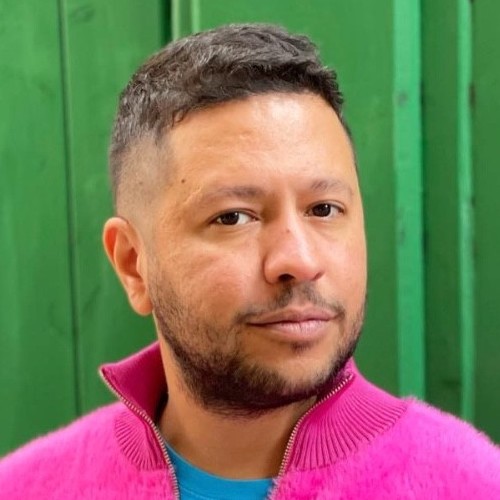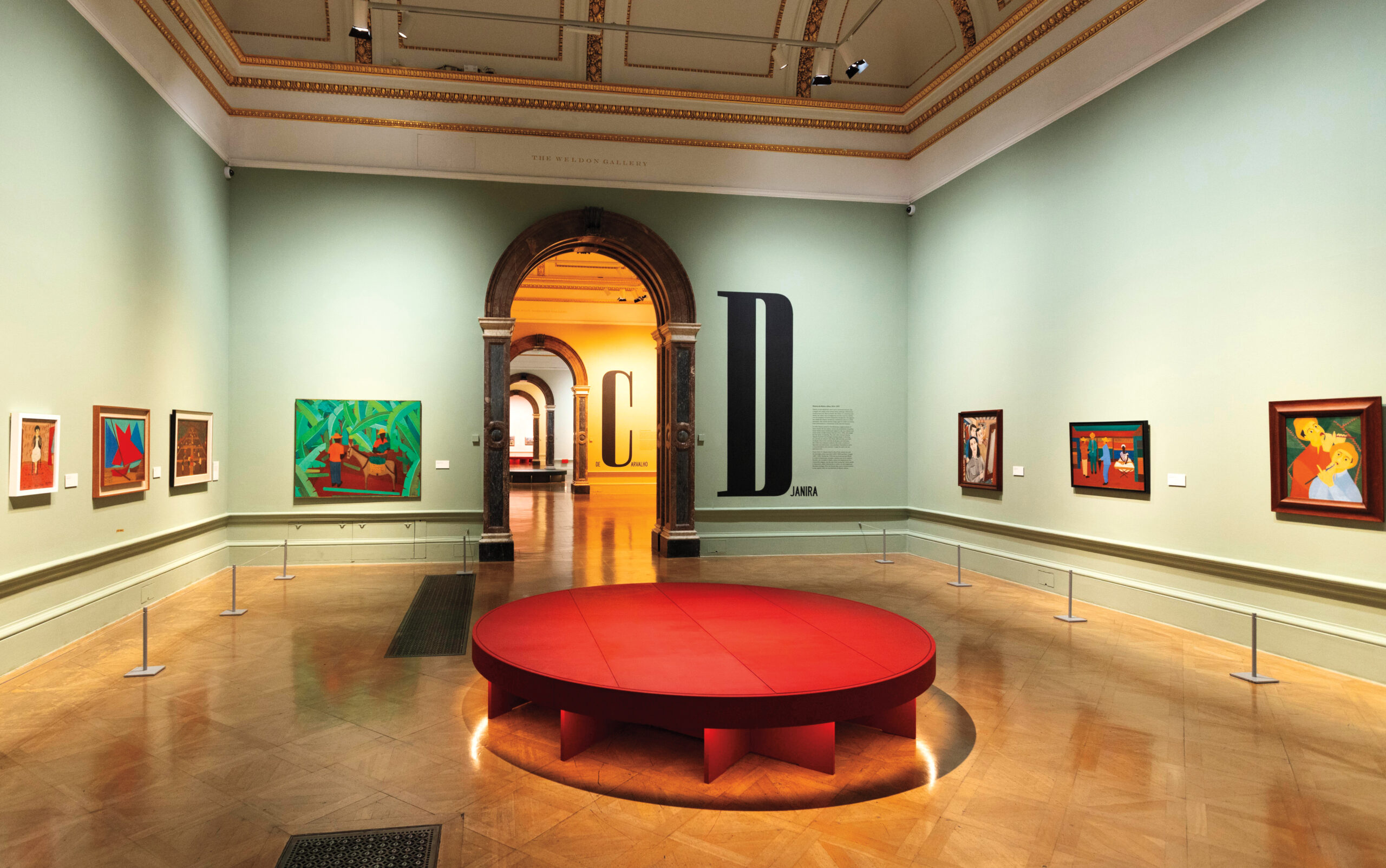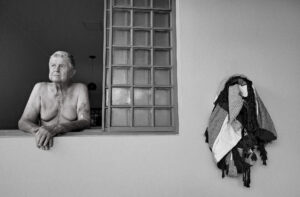This article is adapted from AQ’s special report on Guatemala.
Brazilian modernist art seems to be having a moment in Europe. After a blockbuster exhibition of Brazil’s perhaps most popular painter, Tarsila do Amaral, at the Musée du Luxembourg in Paris, the Royal Academy of Arts in London (RA) is currently hosting Brasil! Brasil! The Birth ofModernism, a sprawling show featuring 10 artists from the first half of the 20th century, plus the work of landscape architect Roberto Burle Marx.
The exhibition feels particularly special to the RA’s main curator, Adrian Locke, who has Brazilian heritage. And it shows a side of Brazilian art that has been somewhat overlooked in Europe, often more interested in the country’s contemporary art. For the RA, however, you could say that it’s more like a return, since some of the work on display was featured in a historic exhibition of modernist Brazilian painting at the institution in 1944, the first one to showcase the movement in the U.K.
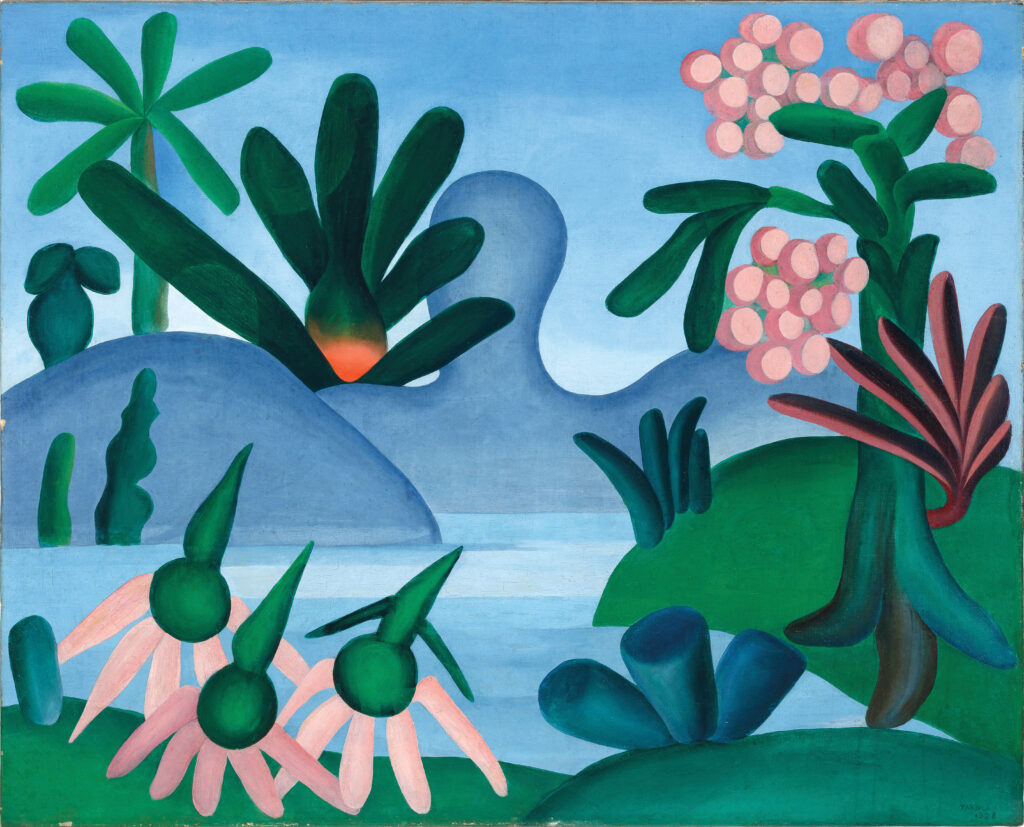
The exhibition’s more than 130 works range from Amaral’s brash and delightful colors to geometric pieces by Geraldo de Barros. Many artists at the time wanted to avoid taking inspiration only from European or North American art, searching instead for a means of expressing a unique Brazilian identity. That effort went mainstream with the famous Modern Art Week (Semana de Arte Moderna) in São Paulo in 1922, a set of exhibitions by new modernist artists that scandalized the artistic establishment—but that in retrospect helped define Brazil’s modern identity.
Some of the works at RA’s exhibition are well-known, like Candido Portinari’s Lavrador de café. Portinari, known as a chronicler of ordinary Brazilians, depicted workers in a coffee field, laboring under harsh conditions. But the show also offers room for discovery, such as the work of Afro-Brazilian artist Rubem Valentim, a pioneering painter from the northeast city of Salvador, who employs African-influenced symbolism in an unfinished work from 1956.
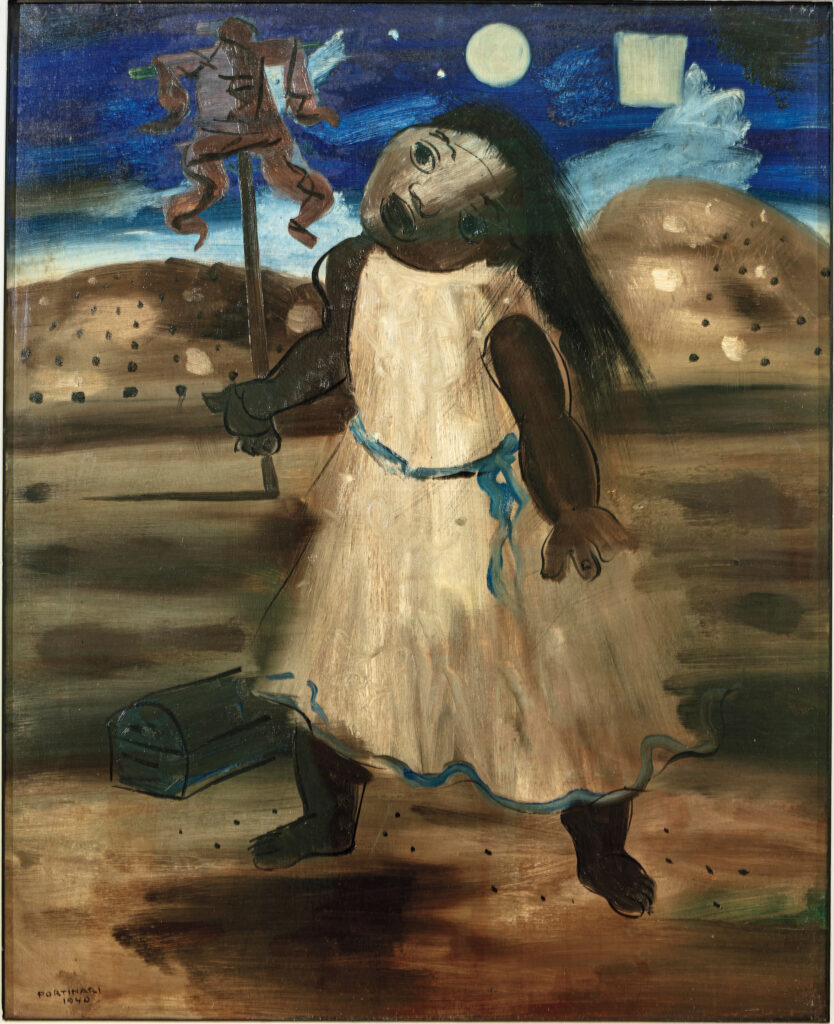
Among the many highlights of the exhibition are the colorful murals of self-taught artist Alfredo Volpi, and works by the painter, illustrator and engraver known simply as Djanira, who beautifully portrayed of different members of Brazilian society. Her work from Bahia impresses, such as the 1966 Três orixás.
Internationally, it’s a good moment for Brazilian culture: Look at the success of Walter Salles’ Ainda estou aqui (I’m Still Here), a cinematic account of a real-life family devastated by the father’s abduction by the military dictatorship that has proved a global box office hit and won best international film at this year’s Oscars. (In one scene in the film, a Semana de Arte Moderna poster is visible on the bedroom wall of the family’s teenage daughter.)
At home, Brazil is divided politically, and many wish for a return of former President Jair Bolsonaro. Some of Bolsonaro’s supporters do not care for Brazil’s modernist cultural heritage: During an invasion of the country’s presidential palace on January 8, 2023, rioters punctured a large-scale painting by major modernist Emiliano Di Cavalcanti (not featured in the RA’s exhibition), As mulatas, in seven places.
But looking at the striking painting that the curators fittingly chose for the exhibition’s poster, Amaral’s 1928 O Lago, it’s clear the vision of Brazil the modernists sought to portray retains its appeal. This landscape, typical of Amaral’s work at the time, full of curving blue shapes and pink fruit, is a striking embodiment of the sense of optimism then in the air.


